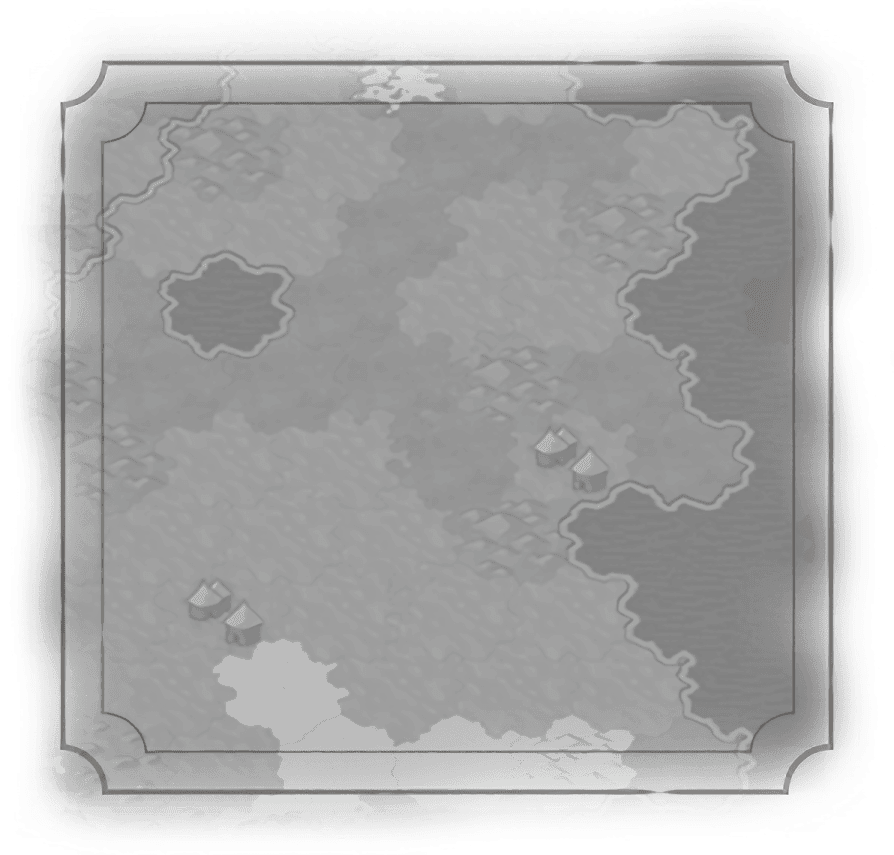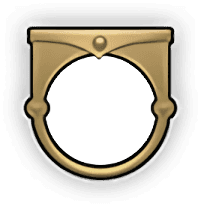Comandante General
Great Admiral
Artemisia
Chester Nimitz
Ching Shih
Clancy Fernando
Francis Drake
Franz von Hipper
Gaius Duilius
Grace Hopper
Hanno the Navigator
Himerios
Horatio Nelson
Joaquim Marques Lisboa
Laskarina Bouboulina
Leif Erikson
Matthew Perry
Rajendra Chola
Santa Cruz
Sergei Gorshkov
Themistocles
Togo Heihachiro
Yi Sun-sin
Zheng He
Great Artist
Great Engineer
Great General
Great Merchant
Great Musician
Great Prophet
Great Scientist
Great Writer


Nimitz’s early career was hardly remarkable, although he did become an expert in the new field of submarine warfare and even oversaw the construction of the sub base at Pearl Harbor in 1920. He also taught advanced courses at the Naval War College and evaluated cadet war games, where he admitted, “The enemy of our games was always Japan.” In 1929 he was appointed commander of the 20th SUBRON (“Submarine Squadron”) and 1933 took command of the heavy cruiser 'Augusta' in the Far East. A week after the debacle at Pearl Harbor, thanks to Nimitz’s familiarity with the Pacific and long-held view of Japan as America’s primary threat in the region, SecNav (“Secretary of the Navy”) Frank Knox gave him command of the Pacific Fleet. Soon after, the JCS (‘Joint Chiefs of Staff”) made him CinCPOA
With the victory in 1945, Nimitz was promoted to CNO (“Chief of Naval Operations”), the last surviving American fleet admiral. In 1947 he retired from active service. Nimitz died in 1966 and was buried with MFH (“Military Funeral Honors”) in California.
Retire (1 charge)
+20%  Production towards units of the Naval Raider promotion class.
Production towards units of the Naval Raider promotion class.
Passive Effect
+5  Combat Strength and +1
Combat Strength and +1  Movement to Atomic and Information era naval units within 2 tiles.
Movement to Atomic and Information era naval units within 2 tiles.

Traits

Nimitz’s early career was hardly remarkable, although he did become an expert in the new field of submarine warfare and even oversaw the construction of the sub base at Pearl Harbor in 1920. He also taught advanced courses at the Naval War College and evaluated cadet war games, where he admitted, “The enemy of our games was always Japan.” In 1929 he was appointed commander of the 20th SUBRON (“Submarine Squadron”) and 1933 took command of the heavy cruiser 'Augusta' in the Far East. A week after the debacle at Pearl Harbor, thanks to Nimitz’s familiarity with the Pacific and long-held view of Japan as America’s primary threat in the region, SecNav (“Secretary of the Navy”) Frank Knox gave him command of the Pacific Fleet. Soon after, the JCS (‘Joint Chiefs of Staff”) made him CinCPOA
With the victory in 1945, Nimitz was promoted to CNO (“Chief of Naval Operations”), the last surviving American fleet admiral. In 1947 he retired from active service. Nimitz died in 1966 and was buried with MFH (“Military Funeral Honors”) in California.
Traits
Retire (1 charge)
+20%  Production towards units of the Naval Raider promotion class.
Production towards units of the Naval Raider promotion class.
Passive Effect
+5  Combat Strength and +1
Combat Strength and +1  Movement to Atomic and Information era naval units within 2 tiles.
Movement to Atomic and Information era naval units within 2 tiles.



